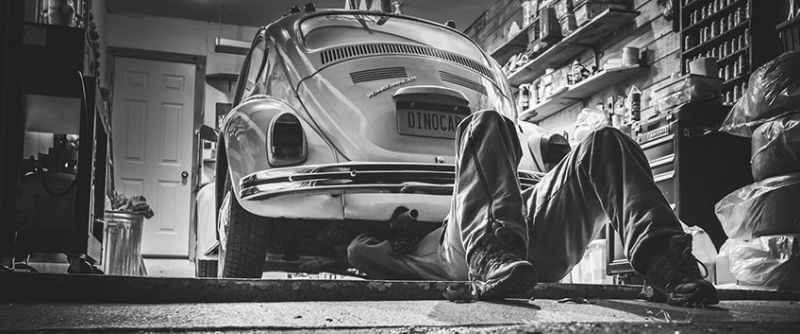Never agree to purchase a pre-loved automobile without running a car inspection yourself. Though it’s a used car and you’re expecting it’s less valuable than when it’s brand new, still you’re investing money here. Be as meticulously, extra careful in checking every nook and cranny as much as possible.
Make sure to notice red flags in the used car. Mismatched tires, a filler on the engine block, useless touch-ups, inconsistent paint quality, dysfunctional components are a few warnings you should be looking out for. To add, aside from the exterior and interior parts, here are three essential auto parts you should inspect thoroughly before purchasing a secondhand car.
Engine
A car’s engine should always be in good condition, even though it’s only pre-loved. It’s not a good sign if you notice some liquids, like oil, on the engine or in the pavement below the compartment as it indicates loose hoses or wires as well as corroded batteries. If the used car’s radiator shows a greenish-like stain, that means there are possible leaks. Also, coolants should have orange or green colors, but not milky or rusty.
Engine fluids say a lot about a car. Typically, engine oil is black or brown without any residues. Honey-colored engine oil means it has been changed recently. Moreover, transmission fluid should have a pinkish color, not brown; it shouldn’t have a burnt-like odor too.
Undercarriage (Underbody/Underside)
During a used car inspection, there’s a need to check the bottom part of a car as this is where the essential components are located. Often, only a few people pay attention to this car area. You will be surprised how the underbody can tell you about a car’s history.
This would include the kind and amount of pampering that the car received, locations where the car is usually parked, the weather when the vehicle is operated, as well as the damages it received. Rusts, bent components, or improper repairs can be easily concealed through a subtle undercoating.
For instance, large dents and kinks found in structural components located at the fuel tank or floor can indicate a past accident. These damages can be easily covered with undercoating and repaired by welding them. However, structural repairs don’t mean they’re good to go. Hence, there’s a need to double-check every part.
If you don’t know the specifics, you can ask the seller to get a service lift to the nearest local maintenance center. You can look forward to hearing about some underbody details such as specific damages like rusts, especially on the wheel wells, frame rails, and other steel and metal components located in the undercarriage.
If you can slide under the car, you’re more likely can do some basic check-up underneath. Just make sure that the car is high and safe enough for you. Grab a flashlight and look for bad signs like red or green fluid on the ground under the car or even in the engine, other oily drips or leaks, and other signs of wear on the exhaust pipes and muffler.
Tires
While you’re under, check the tires down there, as well. You can get relevant information about the used car just by looking at your tires. Also, the treads of the tires can tell how will the car run. Here are a few heads-up about some different tire tread wears and causes.
Center Rib Wear - An excessive wear in the centre part of a tire or centre rib wear is often caused by overinflating the tires. This can increase the inner pressure in the inner wall of the wheels, turning the wall stiffer and causing a depletion in the contact patch. As a result, these cars will severely affect ride comfort and vehicle safety.
Flat Spot Wear - It’s best to bring the used car to an automotive shop right away because having this car is a signal of brake issues.
Side/Both Shoulder Wear - These are often caused by an underinflated tire that can damage the brake lines and rotors, callipers, suspension systems, and even the chassis. Underinflated tires can also cause poor handling/manoeuvring of the vehicle. In this case, there’s a need to call for a mechanic and let them do the job for proper diagnosis.
Cupped/Scalloped Tire - If there are patchy sections on the tires that look like scallops with around 3-4 diameter, then they’re cupped. This is caused by poor-quality tire construction, tire imbalance, wheel alignment, and car’s shock absorbers and suspension issues.
Takeaway
Don’t close the deal after the car inspection, yet. Make sure to run a test drive. Bear in mind that groaning and clanking noises are signs of worse issues on the road. Witness how the car will perform on the road to be sure.
